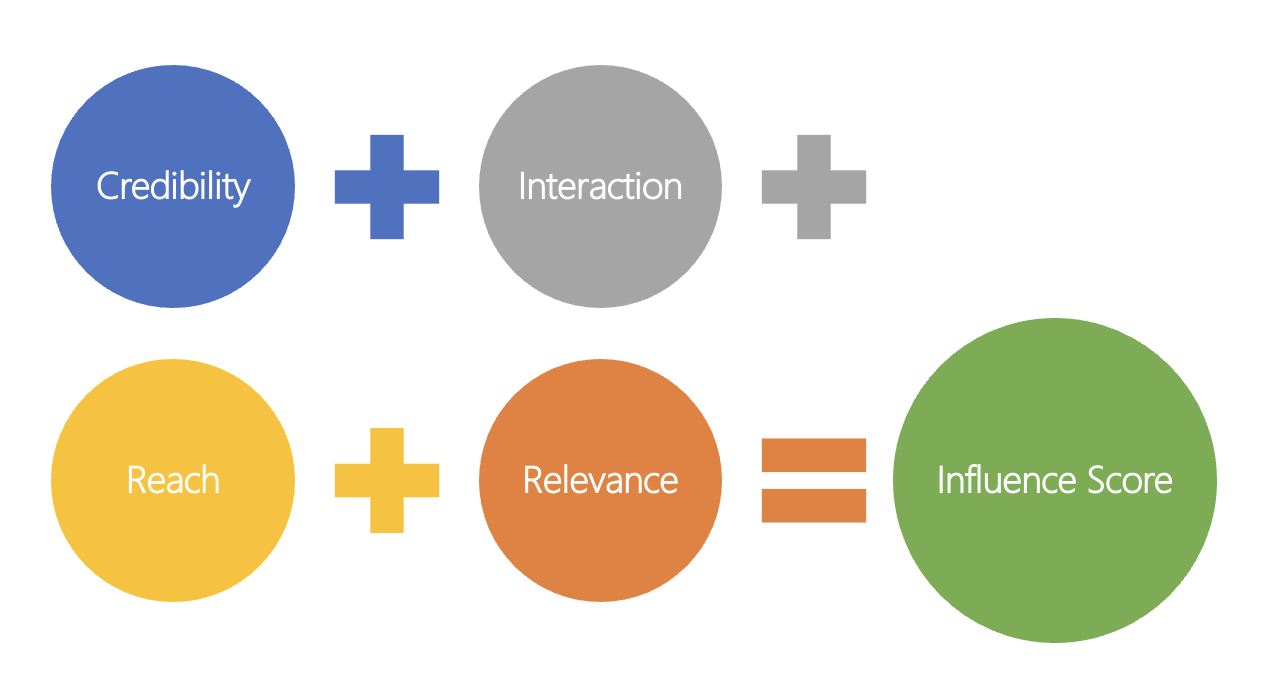Influencer Marketing: Guiding Principles
Influence is Specific
There is no such thing as a universal influencer – and influence cannot be evaluated in a vacuum. Someone is influential to a specific audience, on a specific topic, in a specific moment in time.
Influence is Dynamic
Influence is always in motion, evolving over time based on a combination of internal and external forces. Influencers move to new channels, become interested in new topics, react (or fail to react) to cultural shifts – and their level of influence moves accordingly.
Influence is Multidimensional
Influence is not one-size-fits-all. There are many ways to be influential. Some people are reputable sources, while others have a large microphone. With this in mind, the approach uses a set of influence indicators that aims to account for the various mechanisms used by an influencer to encourage action or outcomes – namely, reach, relevance, credibility and interaction.



